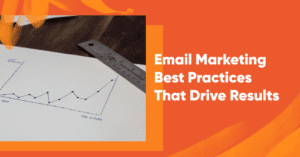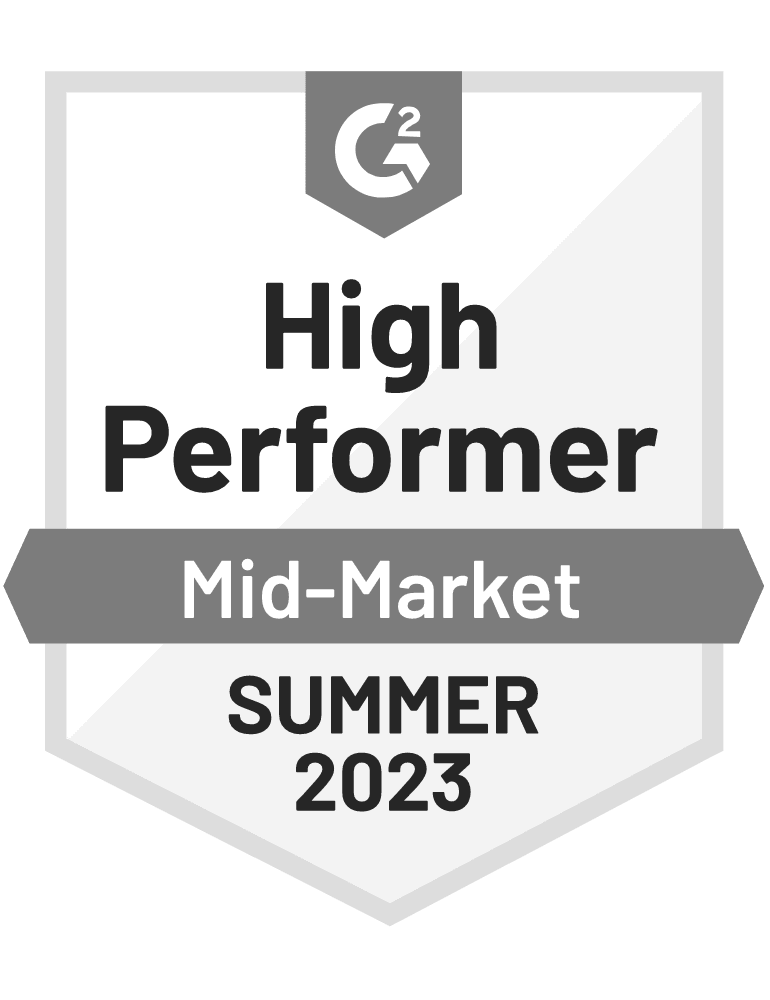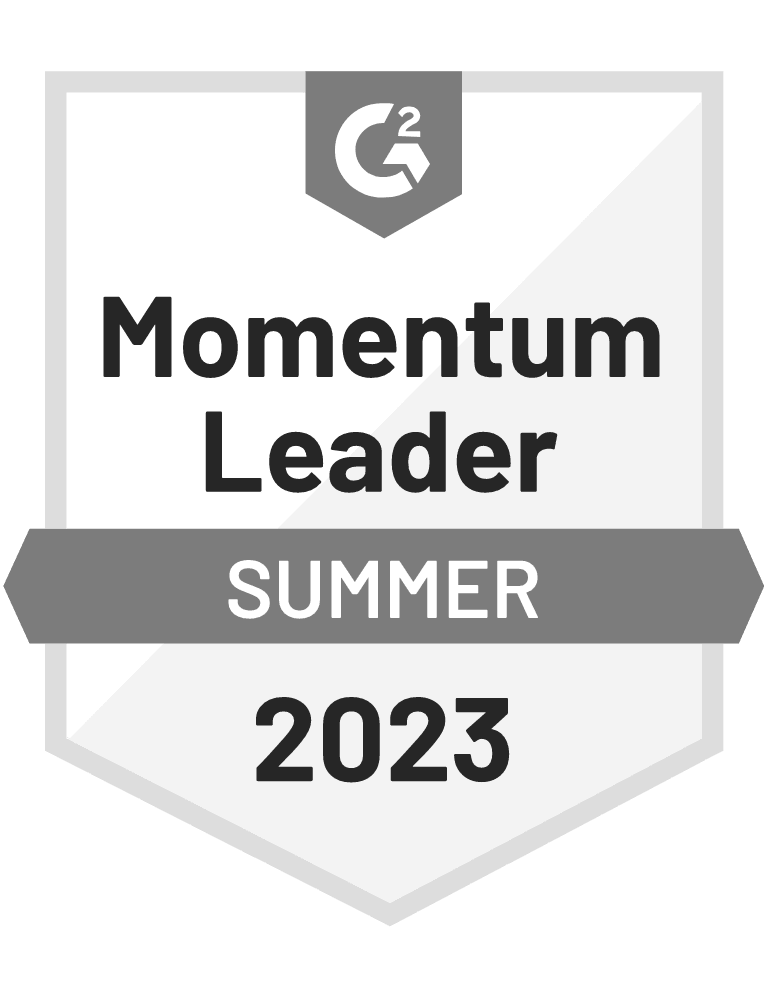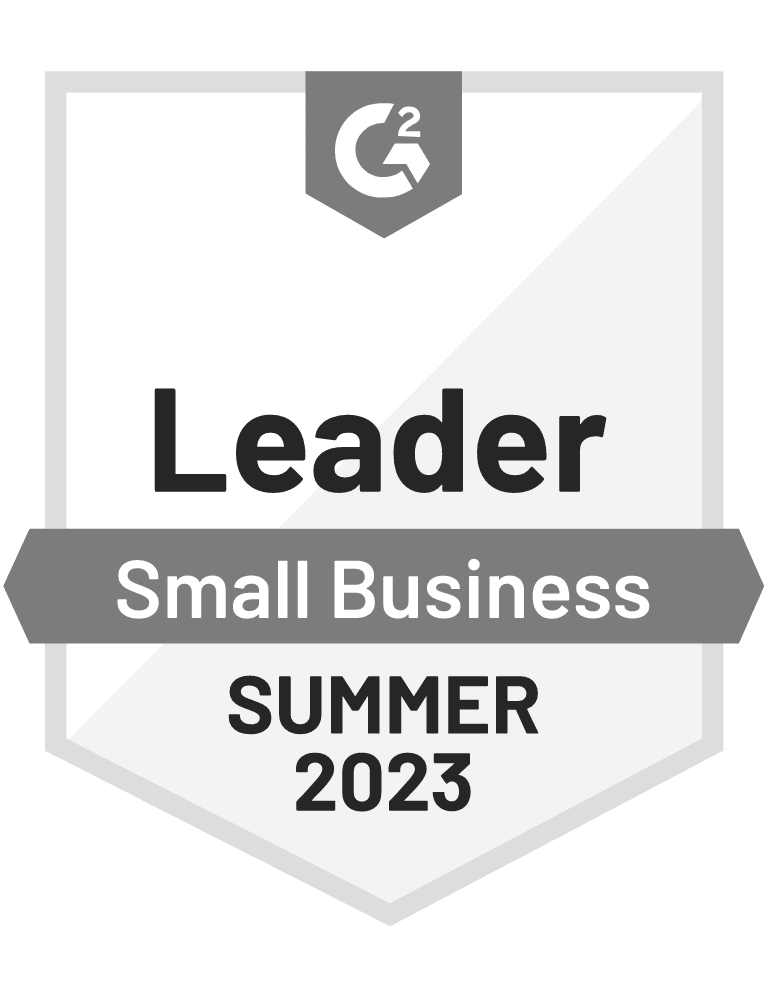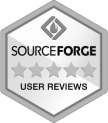Wondering when’s the best time to send emails? Then you’re in the right place.
In this article, we’ll explore the advantages and potential drawbacks of using email blasts, discuss the factors that influence the timing of your email campaigns, and share how to plan and execute a successful email marketing campaign.
We’ll even provide a timeline example for a Black Friday email campaign to illustrate strategic planning in action.
So, when is the best time to send an email? Let’s find out!
What is an email blast?
Ever received a marketing email that seems to have landed in everyone’s inbox at once?
That is what we call an email blast.
It refers to the mass distribution of an email message to a large group of recipients simultaneously.
It involves sending a single email campaign to an entire contact list or subscriber base without segmenting or targeting specific individuals.
Email blasts are used for broad communication purposes (e.g. sending promotional emails, announcements, email newsletters, or updates).
In short: email blasts provide a quick and efficient way to reach a wide audience, but they lack the personalized touch of more targeted email campaigns.
The advantages and potential drawbacks of using email blasts
Email blasts have their perks. They’re quick, easy, and great for spreading general announcements or time-sensitive promotions. Plus, they help maintain regular communication with all your email subscribers at once.
But here’s the flip side: With email blasts, you might miss the mark on personalization.
Not everyone on your list is interested in the same thing at the same time. Plus, bombarding subscribers’ inboxes too frequently could lead to fatigue and unsubscribes.
So, while email blasts have their place in your email marketing strategy, it’s essential to balance them with targeted email marketing campaigns to ensure you’re delivering relevant content to the right people at the right time.
What factors influence the timing of your email campaigns?
Timing is everything in the world of email marketing. Let’s uncover the key factors that influence when you should send those marketing emails.
1. Demographic considerations
Think about it: Are your subscribers early birds who check their emails with their morning coffee, or night owls who catch up on messages before bed?
Understanding your audience’s habits and preferences is key.
If you’re targeting busy professionals, sending emails in the morning hours might be more effective than during evenings or weekends.
2. Industry-specific insights
Different industries have different peak times for engagement.
For example, retail businesses might find success with weekend promotions, while B2B companies might see better results on weekdays during business hours.
It’s all about knowing when your target audience is most receptive to your marketing emails.
3. Geographic considerations
The internet knows no bounds, but time zones sure do. If your subscribers span across different regions, it’s crucial to consider time zone differences when scheduling marketing emails.
Nobody wants to receive a “Good morning!” email when it’s already midnight in their neck of the woods.
4. Behavioral analysis
Data is your best friend when it comes to email timing.
Dive into your email marketing analytics to uncover when your audience is most active. Look for patterns in open rates, click-through rates, and conversions.
Experiment with different send times and analyze the results to fine-tune your timing strategy.
Planning your email marketing campaign
Crafting a successful email marketing campaign isn’t just about offering the lowest prices—it’s about strategic planning and effective communication.
Your approach can make or break your promotional emails.
Let’s break down a timeline example to illustrate how planning can lead to more sales. In this example, we’ll take a look at a Black Friday email campaign.
Timeline example:
Week 1: Setting the stage (Tuesday 5th November 2024, 10 am)
At the beginning of the month, plant the seed of anticipation. Introduce a pre-Black Friday offer, enticing customers to make early purchases and avoid the frenzy.
Week 2: Building momentum (Tuesday 12th November, 10 am)
It’s time to ramp up excitement. Offer special discounts on high-profit items and bundle complementary products for added value. Create a sense of urgency by highlighting limited stock and emphasizing the benefits of early purchase.
Week 3: Heightening anticipation (Tuesday 19th November, 10 am)
Stoke curiosity by tailoring offers to customers’ browsing history. Use personalized upselling tactics to showcase products of interest, paired with compelling messaging that addresses their pain points and emotional needs.
Week 4: Sealing the deal (Tuesday 26th November, 10 am)
As Black Friday looms closer, sweeten the pot with irresistible offers. Encourage higher cart values with enticing discounts and freebies. Reinforce the value proposition of your products and emphasize the benefits of purchasing now.
Black Friday: The final push
With an inbox brimming with offers, consider holding off on sending emails on Black Friday itself. However, for those last-minute deal hunters, a well-timed message offering a final, unbeatable offer could seal the deal. Utilize data insights to tailor your communication to each customer’s preferences and needs.
By meticulously planning your email marketing campaign and strategically timing your communications, you can maximize engagement, drive sales, and leave your customers eagerly awaiting your next offer.
So when is the best time to send an email?
In our Black Friday example, communication was strategically scheduled for Tuesdays. Why?
Because data shows that Tuesday is the most effective day of the week to send emails. It’s a sweet spot—early enough in the week to catch people’s attention, yet not lost in the Monday morning rush.
But don’t overlook Monday and Thursday either. These days also boast high open rates and engagement levels, making them solid choices for email dispatch.
Timing matters just as much as the day.
Research suggests that sending emails between 9 AM and 12 PM tends to yield the best results as it aligns with people’s natural rhythms. They’ve settled into their workday, coffee in hand, and are more likely to engage with your message.
By strategically choosing both the day and time to send your emails, you can maximize open rates, click-through rates, and overall campaign effectiveness.
So, whether you’re planning a Black Friday extravaganza or any other email campaign, remember: send time optimization is everything.
Wrapping up
Timing holds the key to success in email marketing performance.
So, when is the best time to press that “send” button and launch your campaign?
Reflecting on our journey through email blasts, campaign planning, and timing strategies, it’s clear that Tuesdays emerge as a prime choice.
But timing isn’t solely about selecting the right day of the week. The hours between 9 AM and 12 PM stand as the optimal window for email engagement.
By understanding demographic nuances, industry trends, geographic considerations, and behavioral insights, you can craft a tailored email marketing strategy that resonates with your target audience.
With each well-timed email, you’ll forge stronger connections, drive higher engagement and click-through rates, and propel your business toward greater heights of success.



